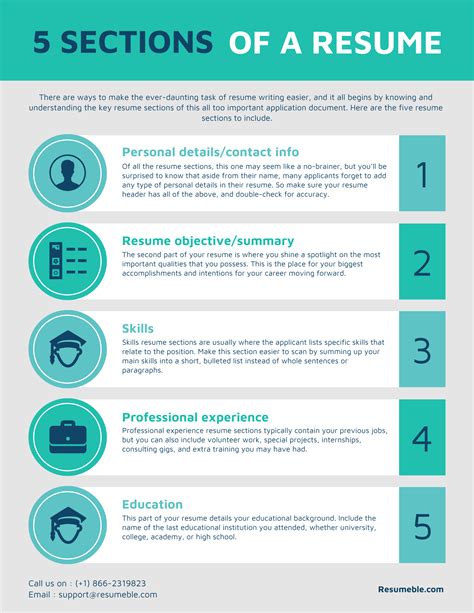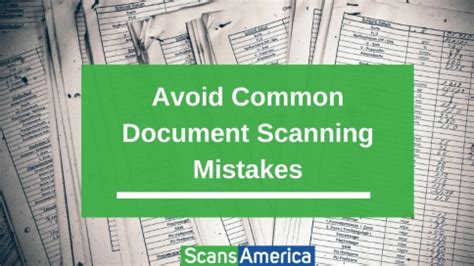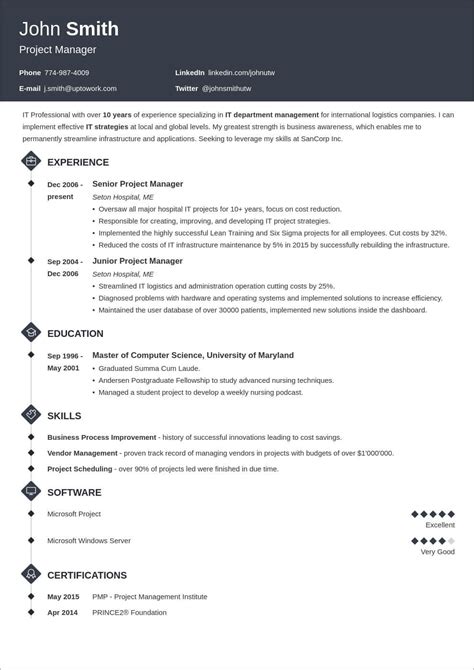In the competitive job market, getting your resume in front of human eyes can be as tough as landing the job itself. This is where Applicant Tracking Systems (ATS) come into play, acting as the first gatekeeper between you and your dream job. Understanding the mechanics of ATS and how to make your resume ATS-friendly is now a crucial part of job searching. In this comprehensive guide, we’ll delve into the basics of ATS, unveil proven strategies to optimize the top resume sections, identify common pitfalls to avoid, and provide insights on how you can test and ensure your resume is structured to sail through these digital reviewers. Whether you’re a seasoned professional or a fresh-faced graduate, mastering the art of tailoring your resume for ATS could be the game-changer in your job-seeking journey. Join us as we navigate the intricacies of making your resume not just stand out, but get through.Master ATS with tips on optimizing resumes, dodging pitfalls and testing for ATS compatibility. Navigate the system and land your dream job easily.
Understanding Applicant Tracking Systems (ATS) Basics: ATS Resume
![]()
The job market has become increasingly competitive, and in response, companies are turning to technology to streamline the hiring process. One key piece of technology utilized in modern recruiting is the Applicant Tracking System, commonly referred to as ATS. Understanding the basics of ATS is essential for job seekers, as it is the first gatekeeper between their resumes and a human recruiter’s eyes. By leveraging an ATS resume properly, candidates can significantly enhance their visibility and increase the chances of moving on to the next stage of the hiring process.
At its core, an Applicant Tracking Systems serves as a digital repository and sorter of resumes, sifting through high volumes of applications to identify those which best match the criteria set by the employer. Optimizing an ATS resume requires a balance of relevant keywords, clear formatting, and strategic structuring of information to ensure that the system recognizes the application as a strong fit for the role. As job seekers navigate the intricacies of ATS, they must focus on both the content and the form of their resumes to align with these automated systems.
Strategies for Optimizing Top Resume Sections for ATS

In the quest to ensure your resume performs effectively against Applicant Tracking Systems (ATS), it’s crucial to consider the optimization of the top resume sections. Crafting an ATS resume that makes it past automated systems and stands out to hiring managers involves meticulous attention to both content and formatting. As you refine your resume, integrating pertinent keywords tailored to the job description and industry standards can significantly bolster your chances of success.
Begin by optimizing your professional summary or objective, ensuring that this key section is enriched with relevant keywords and phrases that align with the requirements of your desired position. Equally important is the optimization of your skills list, where careful curation and placement of optimizing ATS resume-friendly keywords will contribute to a more favorable ATS evaluation. This approach not only enhances your resume’s visibility but also articulates your value proposition compellingly, making it more likely that your application will proceed to the next stage of the hiring process.
Avoiding Common Mistakes That Fail ATS Scans

When preparing your resume for job applications, the importance of optimizing for ATS resumes cannot be overstated. Applicant Tracking Systems are designed to sort and rank resumes based on specific criteria, and failing to meet these can result in your resume being overlooked. Avoiding common mistakes is critical for ensuring that your resume passes these automated scans and reaches human eyes. One frequently encountered error is the use of overly complex formatting; ATS systems can struggle with images and non-standard fonts, leading to parsing errors. Instead, opt for a clean, straightforward format that the software can read easily.
Another vital aspect to consider is the use of relevant keywords throughout your resume. While some job seekers might attempt to pack their resume with as many keywords as possible, this practice, known as keyword stuffing, can actually be counterproductive. Instead, focus on strategically placing ATS resume keywords in context within your work experience and skills sections, guaranteeing that your resume speaks directly to the position’s requirements and improves the likelihood of a favorable ATS ranking. Moreover, ensure that your resume’s content is aligned with the job description, leveraging every opportunity to demonstrate that your qualifications are not only present but also precisely what the employer is seeking.
Testing Your Resume’s ATS Readiness

Before submitting your carefully crafted resume to a potential employer, it’s crucial to ensure that it’s fine-tuned for successful navigation through their Applicant Tracking Systems (ATS). But, how can you gauge your resume’s ATS readiness? Initially, one might consider the overall design and formatting; after all, these systems often favor straightforward layouts devoid of images or complex graphics. Yet, this is only a fraction of the optimization process.
To truly test your resume’s ATS readiness, examine the integration of relevant keywords that mirror the job description. Start by identifying the core competencies and skills enumerated within the job listing and thoughtfully embed these into your resume’s content, ensuring parity with the job’s requirements—this proves indispensable in boosting the optimizing ATS resume score. Another dynamic aspect involves the scrutinization of your resume by colleagues or industry professionals who can utilize ATS simulation tools, providing a simulated outcome of how actual systems would interpret your resume—delivering vital insights for refining the document further.
Frequently Asked Questions
What is an Applicant Tracking System (ATS)?
An Applicant Tracking System (ATS) is a software used by recruiters and employers during the hiring process to collect, sort, scan, and rank the job applications they receive for their open positions.
How does an ATS work with resumes?
An ATS sorts through resumes by scanning for relevant keywords, work experience, educational background, and other important criteria set by the hiring manager. Based on these factors, it then ranks candidates to help employers decide whom to contact for interviews.
Why is optimizing your resume for ATS important?
Optimizing your resume for ATS is crucial because it increases the chances of your resume being seen by a human recruiter. Since these systems are programmed to filter out applicants that don’t meet certain criteria, a poorly optimized resume might never be reviewed by a person even if you’re a qualified candidate.
What are some common formatting tips for an ATS-friendly resume?
To create an ATS-friendly resume, use a simple and clean format with a standard font, such as Arial or Times New Roman. Avoid headers, footers, tables, and other complex formatting that can confuse the ATS. Also, submit your resume in a .docx or .pdf format if the ATS allows these file types.
How do keywords affect an ATS and how should they be included in a resume?
Keywords are the terms and phrases that an ATS uses to identify relevant skills and experiences. They should be included naturally throughout the resume, matching the job description’s language and specific requirements, such as skills, software, and job-related terms.
Can a professional-looking resume still be ATS-friendly?
Yes, a professional resume can be ATS-friendly. Focus on clear section headings, bullet points for outlining achievements, and a straightforward layout. Use bold and italics sparingly to emphasize important information without overcomplicating the document.
Is it worth customizing your resume for each job application for ATS purposes?
Absolutely, customizing your resume for each job application is recommended. Tailoring your resume for specific job listings by aligning your qualifications to the posted requirements helps ATS systems recognize you as a potential match and increases your chances of moving on to the next stage.








